Black Panther VS. Black Jaguar: 10 Key Differences That Will Surprise You
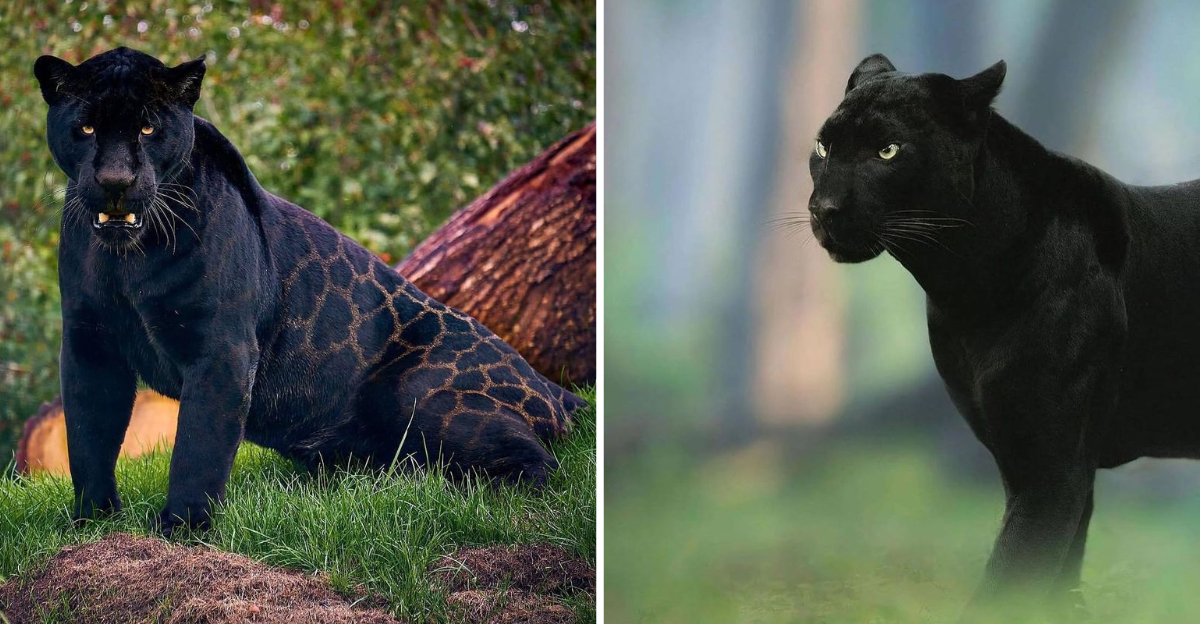
In a world where the sleek and mysterious black panther prowls alongside the enigmatic black jaguar, both creatures captivate our imaginations with their beauty and power.
Though often mistaken for one another due to their shadowy coats, these magnificent felines have unique characteristics that set them apart.
Join us on this enlightening journey as we unveil fascinating differences between black panthers and black jaguars. From their habitats to their hunting techniques, and their roars to their roles in mythology, you’ll discover a world of intriguing contrasts that highlight their individuality.
1. Habitat Preferences
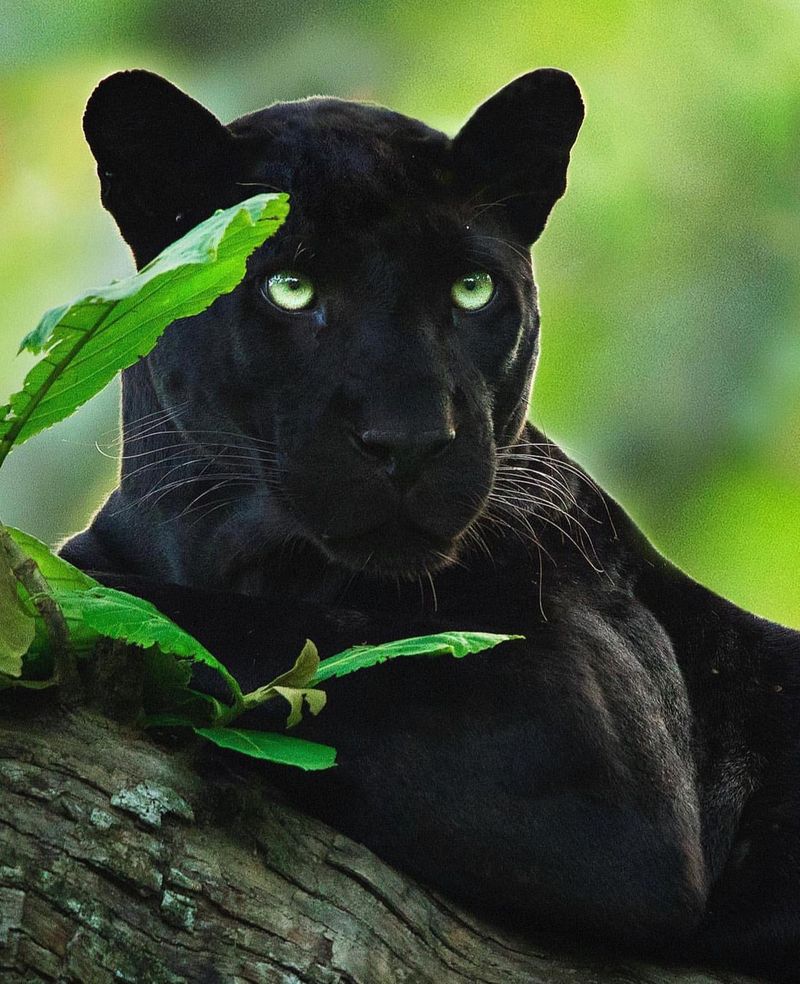
When it comes to choosing a home, black panthers and black jaguars are worlds apart, quite literally. The black panther, often a melanistic variant of the leopard, thrives in the dense forests of Asia and Africa. These regions offer plenty of cover and tree cover, making them ideal for the stealthy lifestyle of this elusive cat. In contrast, black jaguars dominate the lush, green landscapes of the Amazon Basin. Their preference for the vast tropical rainforests of South America highlights their adaptability to wetter environments.
Despite their shared preference for forests, their exact habitat needs differ in terms of climate and geography. While black panthers can be found scaling the trees of Indian jungles, black jaguars often swim through the rivers of Brazil. Their ability to adapt to such diverse terrains showcases their evolutionary strengths. These stark habitat preferences not only influence their lifestyle but also their hunting strategies and prey choices.
This divergence in habitat preferences is more than just geographic location; it’s a testament to how each feline has uniquely adapted to its environment. Understanding these preferences offers a window into the different challenges and lifestyles each cat experiences.
2. Hunting Techniques
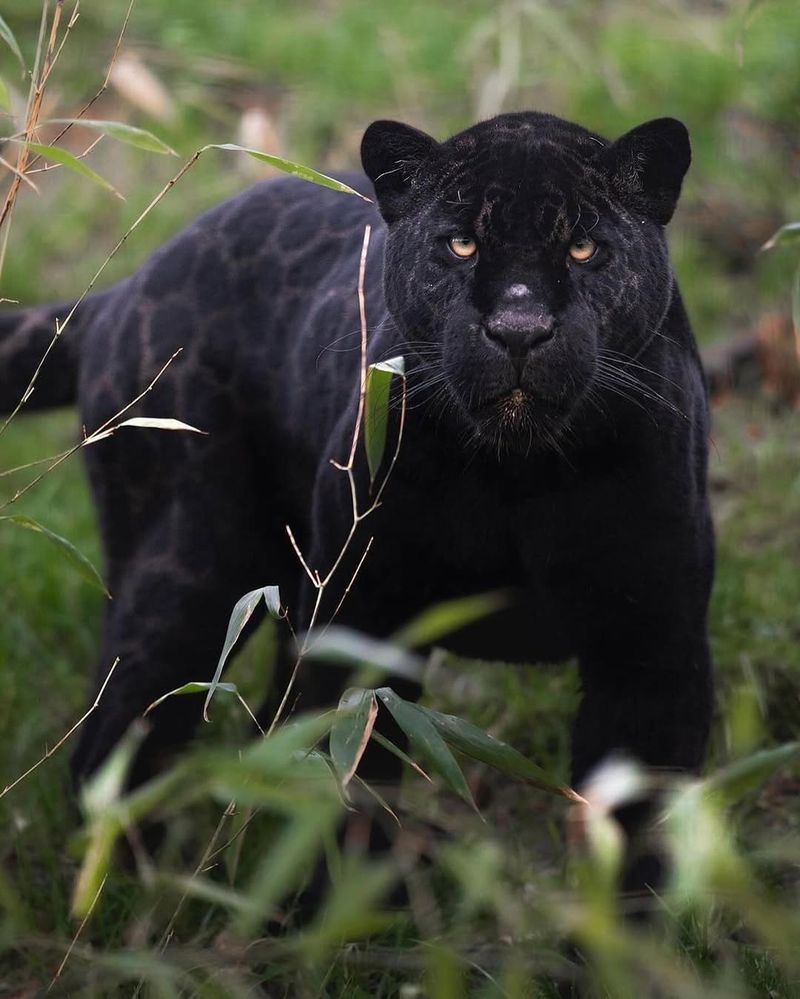
The hunting prowess of black panthers and black jaguars is nothing short of legendary, yet their techniques are tailored to their distinct environments. Black panthers, with their lanky bodies and long tails, are agile climbers, often using trees as vantage points to spot prey. Their hunting strategy often relies on patience and stealth, silently stalking before a swift, surprise pounce.
Black jaguars, on the other paw, are known for their raw power and a more direct approach. They often hunt on the ground and are incredibly skilled swimmers. This gives them the upper hand when preying on aquatic creatures like caimans and capybaras. The jaguar’s sheer strength allows it to take down larger prey with a single powerful bite to the skull.
Though both cats are solitary hunters, their methods reflect their adaptation to their respective habitats. The panther’s reliance on stealth contrasts sharply with the jaguar’s boldness, reflecting their evolutionary paths and the ecological niches they occupy. This divergence in hunting techniques highlights how each species has mastered its environment, showcasing nature’s incredible diversity and adaptability.
3. Physical Appearance
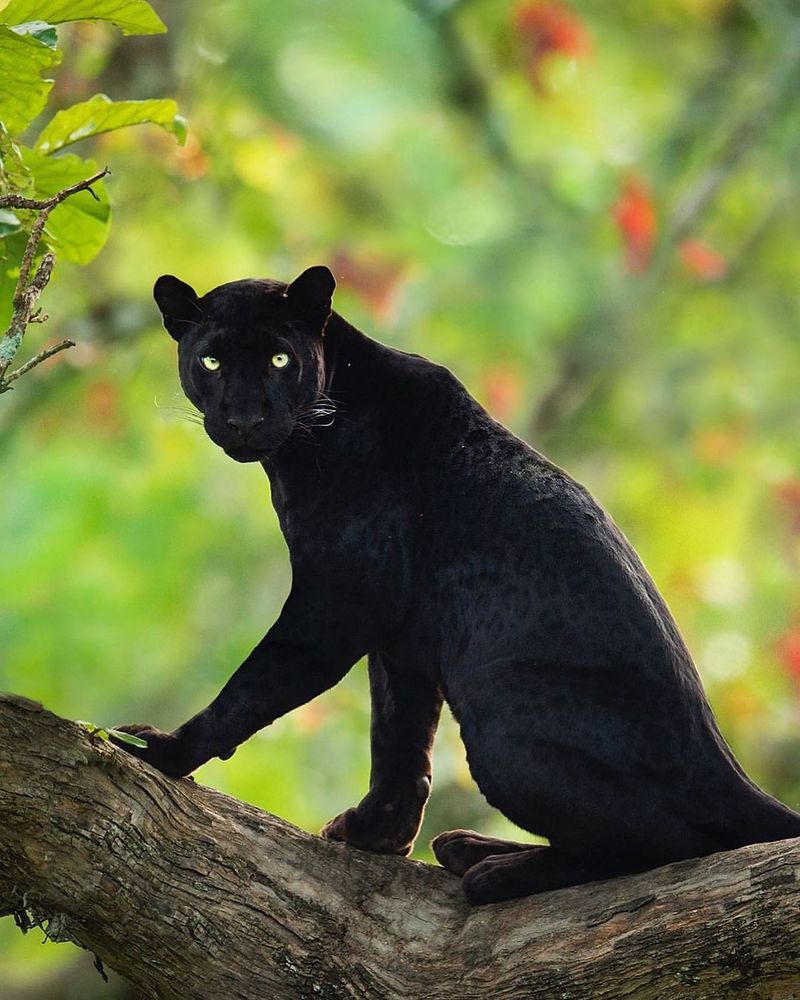
At first glance, one might mistake a black panther for a black jaguar, but a closer look reveals subtle yet telling differences. The black panther, a melanistic leopard, is known for its slender, elongated body and long tail, which aid its climbing capabilities. Its coat, while predominantly black, often carries faint rosette patterns visible in bright sunlight, a characteristic inherited from its leopard lineage.
In contrast, the black jaguar is more robust, with a stockier build and broader head. This powerful physique is designed for strength rather than agility, a necessity for taking down larger prey in the dense Amazon rainforest. The jaguar’s coat also bears rosettes, but these are larger and more complex than those found on a leopard, with central spots within the rosettes.
These physical differences are not merely about aesthetics; they reflect the unique evolutionary paths each feline has taken. The panther’s sleekness and agility contrast with the jaguar’s power and dominance, illustrating how each has adapted to thrive in its distinct environment. These adaptations enhance their survival, making them formidable in their respective habitats.
4. Roar and Communication
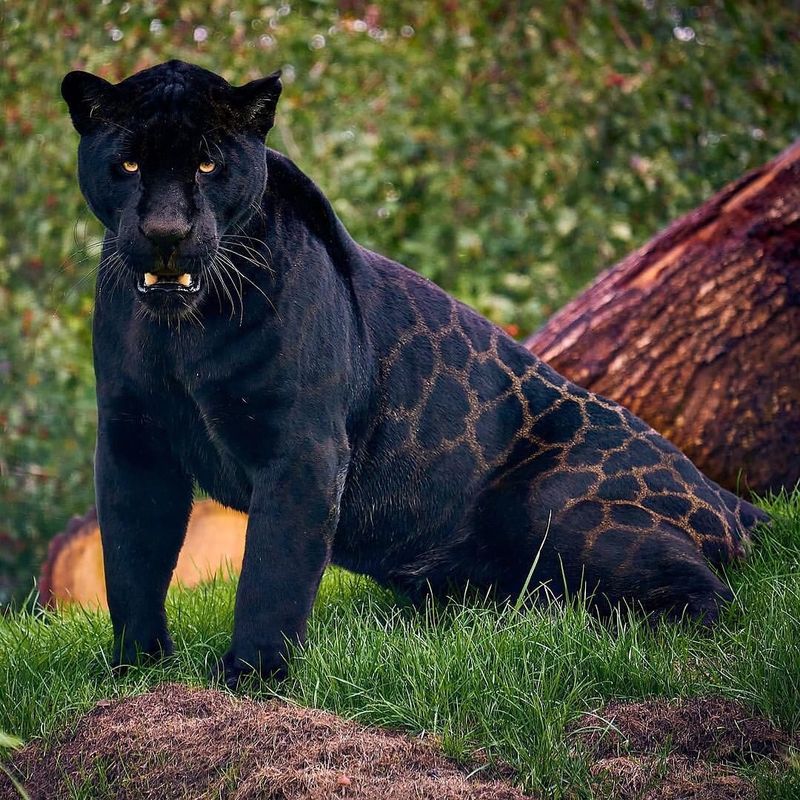
In the world of big cats, communication is key, and both black panthers and black jaguars have unique ways of expressing themselves. The black panther, with its deep, resonant roar, can send shivers down your spine. This roar, similar to that of a leopard, is used to mark territory and communicate with other panthers, especially during mating season.
Conversely, the black jaguar’s vocalizations are distinct and unmistakable. Its roar is lower and more guttural, reflecting its dominant presence in the jungle. Jaguars use these calls not only to assert territory but also to locate mates across vast distances. Their vocal prowess is integral to their survival, helping them maintain social bonds and warn rivals.
While both cats use vocalizations to navigate their world, the differences in their roars highlight their unique characteristics. These sounds are as much a part of their identity as their striking black coats, showcasing the diversity within the big cat family. Whether it’s the panther’s eerie call echoing through the forest or the jaguar’s powerful growl resonating by a riverbank, each roar tells a story of strength and survival.
5. Cultural Significance
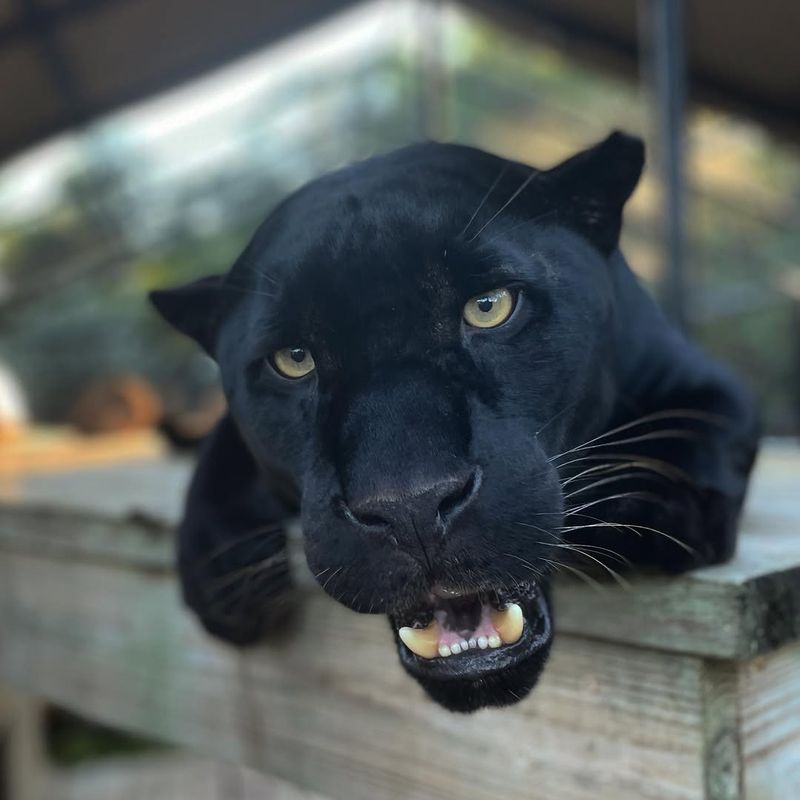
Both black panthers and black jaguars hold significant places in human culture, symbolizing power, mystery, and majesty. The black panther, often associated with stealth and grace, is revered in many Asian cultures. Its image has been immortalized in myths and folklore, portraying it as a guardian of the forest and a symbol of protection against evil.
On the flip side, the black jaguar has been a central figure in the mythology of indigenous South American cultures like the Mayans and Aztecs. These awe-inspiring cats were often depicted as gods or spiritual guides, embodying strength and bravery. The jaguar’s presence in art and architecture underscores its role as a powerful symbol in these societies.
The cultural significance of these felines extends beyond mere symbolism. They represent the deep connection between humans and nature, reflecting how these magnificent animals have inspired awe and reverence throughout history. This rich tapestry of cultural imagery adds depth to our understanding of these cats, highlighting the timeless fascination they hold over us. Their roles in myth and legend continue to captivate, offering insights into the values and beliefs of the cultures they represent.
6. Dietary Preferences
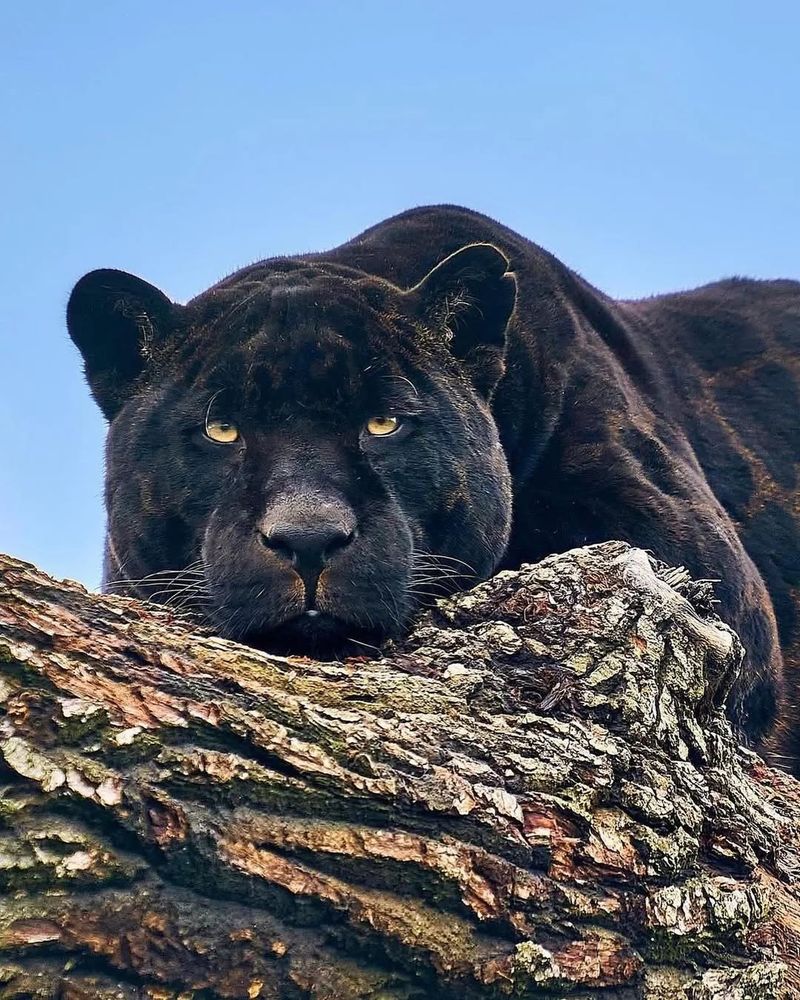
When it comes to mealtime, black panthers and black jaguars have distinctly different tastes that reflect their habitats. Black panthers, being primarily leopards, have a diverse diet that includes deer, antelope, and smaller mammals. Their arboreal nature allows them to hunt both on the ground and in trees, giving them a versatile edge when it comes to capturing prey.
Black jaguars, on the contrary, have a more specialized palate that includes fish, reptiles, and larger mammals. Their love for water makes them adept hunters of aquatic prey, often ambushing caimans or fish. This carnivorous diet reflects the jaguar’s adaptability to the wet, lush environments of the Amazon.
The dietary differences between these two cats highlight their evolutionary adaptations to their environments. While both are top predators, their prey choices reflect the ecological niches they occupy. This dietary specialization not only ensures their survival but also maintains the balance of their ecosystems. It’s a fascinating look at how nature has equipped these magnificent creatures to thrive in their unique habitats.
7. Reproduction and Family Life
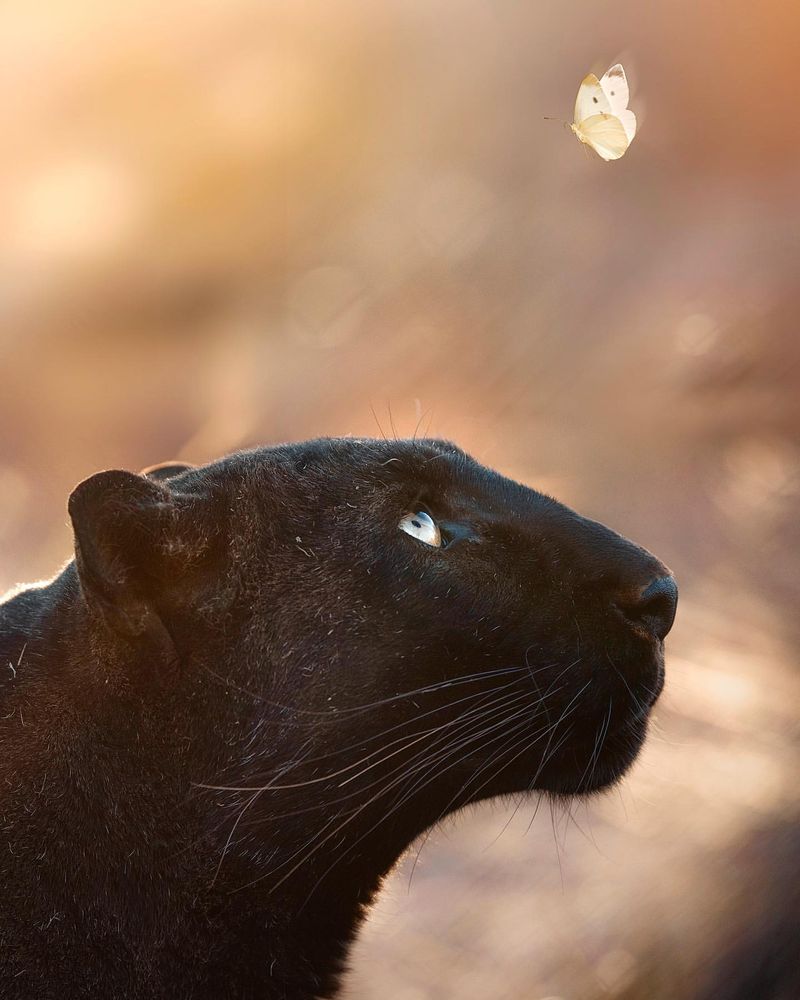
Family dynamics among big cats are as varied as their spots, and black panthers and black jaguars are no exception. Black panthers, typically solitary creatures, come together solely for mating. After a gestation period of about three months, the female raises the cubs alone, nurturing them until they are old enough to fend for themselves. The cubs stay with their mother for up to two years before venturing out to establish their territories.
In contrast, black jaguars have a slightly different family structure. While also solitary, jaguars are known for their strong maternal bonds. The mother jaguar is fiercely protective and invests significant time teaching her cubs essential survival skills. These cubs learn to hunt and navigate their environment under their mother’s watchful eye, a relationship that lasts until they mature.
The contrast in family life between these two felines is a testament to their unique survival strategies. These nurturing behaviors ensure the continuation of their lineage, demonstrating the intricate balance of nature’s design. These differences in reproduction and family life underscore the adaptability and resilience of these magnificent creatures.
8. Mythology and Symbolism
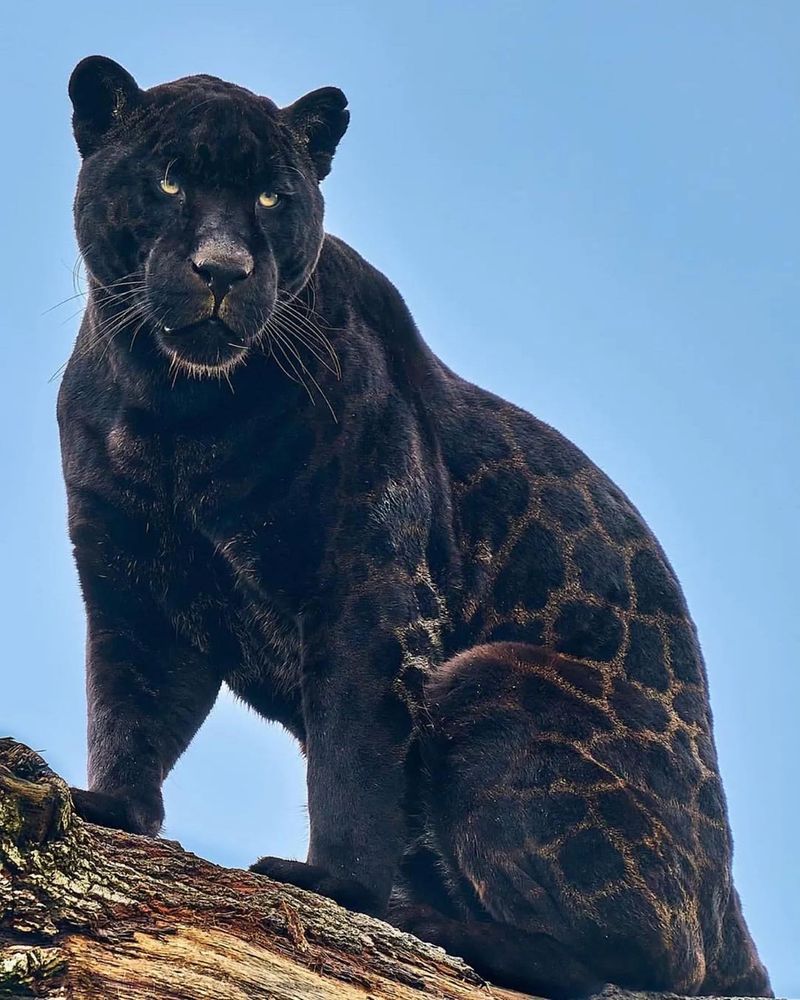
The mystical aura surrounding black panthers and black jaguars extends into the realm of mythology and symbolism, where they are often seen as more than just animals. In various cultures, the black panther is viewed as a guardian spirit, a creature of mystery and protection. Its presence in legends often symbolizes stealth, intelligence, and the unseen forces of nature.
On the other hand, the black jaguar’s symbolism is deeply rooted in the spiritual traditions of indigenous tribes in Central and South America. This majestic cat is often seen as a bridge between the physical and spiritual worlds, a guide that connects humans with the divine. Its image is one of power and transformation, often depicted in ancient carvings and rituals.
This rich tapestry of myths and symbols highlights the enduring fascination humans have with these magnificent creatures. Their roles in folklore and spiritual traditions reflect their impact on our collective imagination, offering insights into human beliefs and values. These stories and symbols continue to resonate, reminding us of the timeless bond between humanity and the animal kingdom.
9. Adaptability and Survival
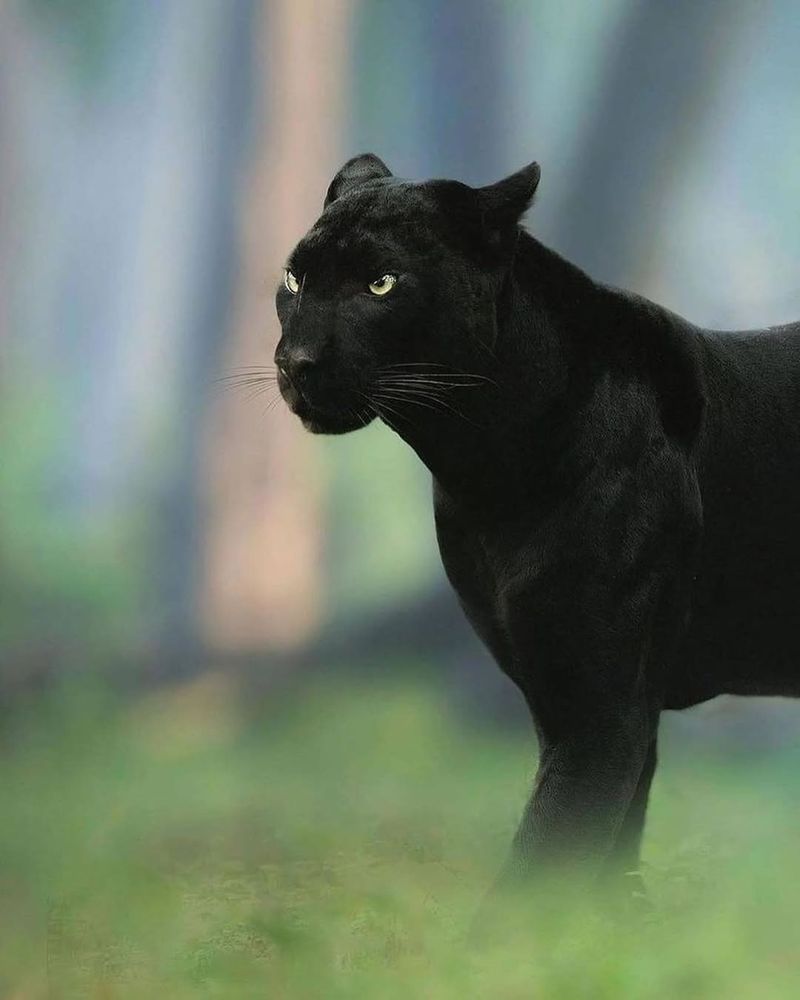
In the game of survival, adaptability is king, and both black panthers and black jaguars are masters of this art. The black panther, with its wide-ranging habitat from dense forests to urban peripheries, showcases its ability to thrive in diverse environments. This adaptability is crucial for survival in a rapidly changing world, where habitat loss poses a significant threat.
Black jaguars, although more restricted to the Amazon Basin, demonstrate remarkable adaptability within their niche. Their prowess in swimming and hunting in water-rich environments illustrates their specialization and ability to maximize their resources. This adaptability is key to their survival, ensuring they remain apex predators in their ecosystem.
These adaptive strategies are not just about survival; they highlight the resilience and flexibility of these incredible creatures. Their ability to adjust to environmental changes is a testament to nature’s ingenuity, offering valuable lessons in resilience. Observing their adaptability provides a deeper understanding of the challenges they face and the strategies they employ to overcome them.
10. Conservation Challenges
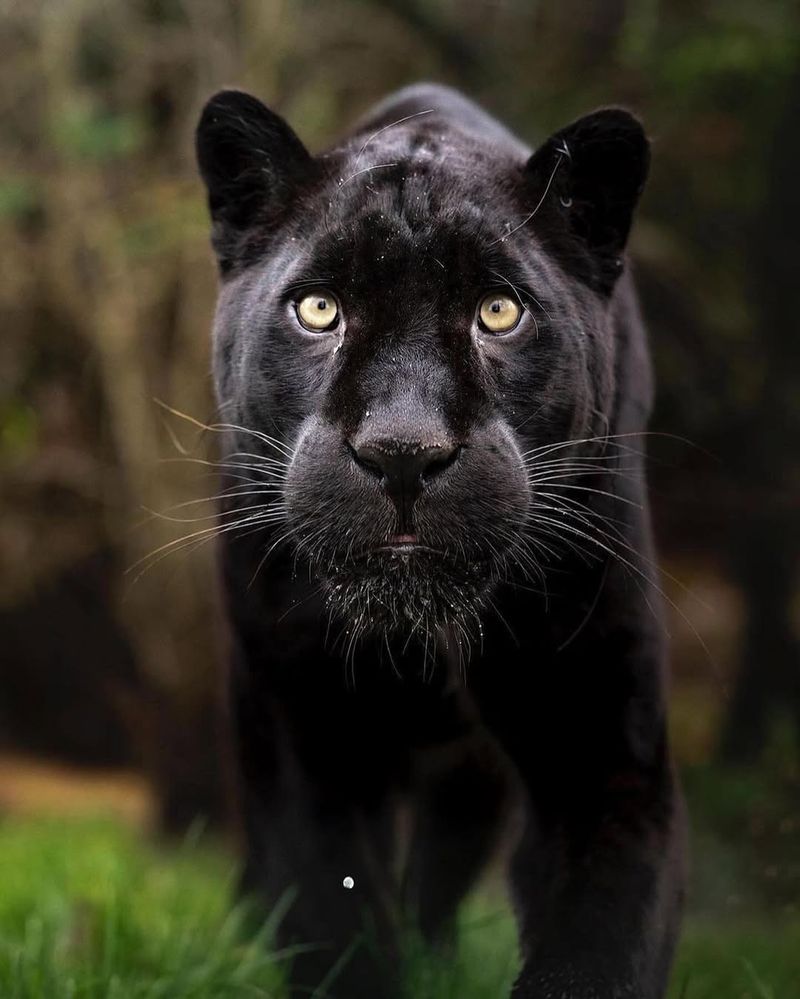
Despite their formidable presence, both black panthers and black jaguars face significant conservation challenges. Black panthers, particularly in Asia, are threatened by habitat loss and poaching. Conservation efforts focus on protecting their natural habitats and reducing human-wildlife conflict to ensure their survival.
Black jaguars, primarily residing in the Amazon, are equally at risk due to deforestation and illegal hunting. Their conservation requires innovative solutions, such as creating wildlife corridors and enforcing stricter anti-poaching laws. These efforts aim to preserve the jaguar’s habitat and ensure the long-term survival of this majestic species.
The conservation challenges these cats face are a sobering reminder of the impact of human activity on wildlife. By understanding these issues, we can contribute to efforts that ensure these magnificent creatures continue to roam the wild. These conservation stories inspire hope and action, highlighting the importance of protecting our planet’s biodiversity.
